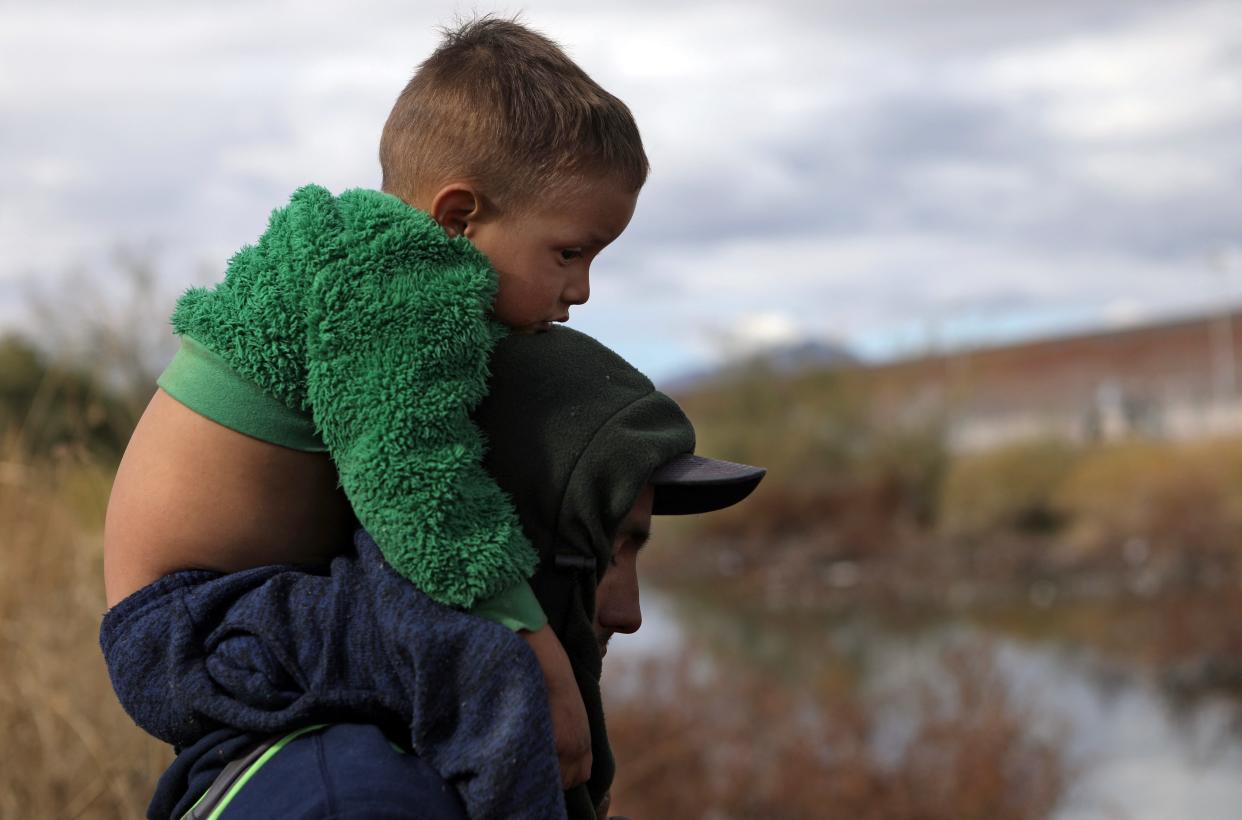8,500 unaccompanied migrant children connected with adults in Ohio. What we know

Children fleeing violence and persecution in their home countries show up at the border of the United States by themselves every day.
When they get there, the federal government moves the unaccompanied minors into shelters, similarly to the way a local agency might put a foster child in a group home, until the Office of Refugee Resettlement can find them a suitable sponsor.
The sponsor agrees to take care of the child while they go through deportation proceedings. There's no national tracking of what happens to these kids, but the legal process could resolve with the child staying in the country a refugee or being sent back to their home country.
From 2015 through May 2023, nearly 8,500 of these kids came to the border alone and were connected with sponsors in Ohio, according to records from the U.S. Department of Health and Human Services shared by the New York Times. Here are five things we know.
Most unaccompanied children are coming from Northern Triangle countries
The vast majority of unaccompanied children who connect with sponsors in Ohio are coming from Guatemala, Honduras and El Salvador, a trio of bordering countries in Central America known as the Northern Triangle where poverty, violence and political corruption are common. Nearly two-thirds of the kids came from Guatemala.
A ton of sponsors of unaccompanied children are in the Cincinnati area
Unaccompanied children connected most often with sponsors in Hamilton County than any of Ohio’s counties. The most common cities within the county were Cincinnati and Glendale. A significant number of sponsors were also in Butler County, part of the Greater Cincinnati metropolitan area.
Unaccompanied children who connect to Ohio sponsors are mostly boys
From 2015 to 2023, about two-thirds, or between 60% and 69%, of the children who connected with sponsors in Ohio were boys.
Most unaccompanied children are sponsored by family members
The vast majority of unaccompanied migrant children, or 88%, are being paired with family members. About 34% of sponsors are the child's parent or legal guardian, and another 54% of sponsors are extended family members, including siblings, aunts and uncles. Another 7% connect with unrelated sponsors, and the rest connect with distant relatives, godparents and other family contacts.
Unaccompanied children are spending less than a month on average in shelters
Records from the Department of Health and Human Services show when a child enters the country and when they leave federal custody. The time in between is how long they stay in shelters awaiting placement with their sponsor. For children headed to Ohio, the number of days spent in a shelter peaked at 74 days in 2018 and fell steadily every year. In the first five months of 2023, unaccompanied children spent just over 18 days in shelters.
This article originally appeared on Cincinnati Enquirer: Unaccompanied children come to Ohio, mostly from the Northern Triangle

